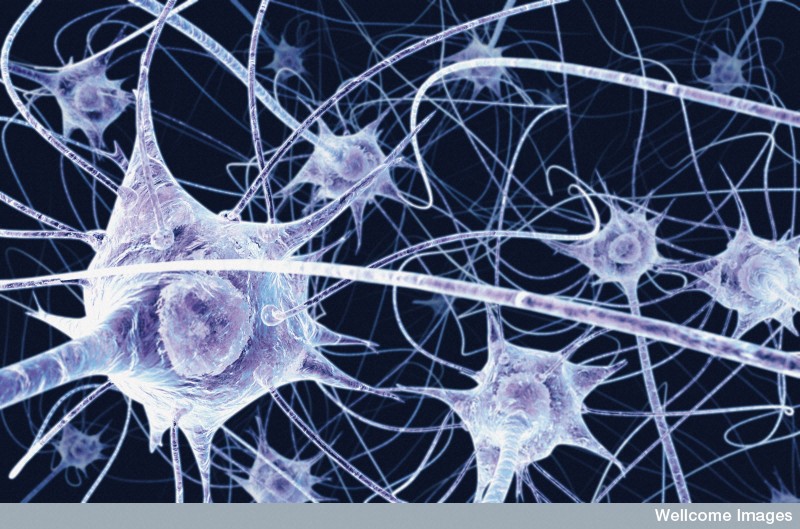Dopamine agonists
- A dopamine agonist is: 'A drug or chemical that has been synthesised to bind directly to and activate one or many dopamine receptors in the brain therefore mimicking the effects of dopamine, by stimulation of the receptor.'
- These are often administered in conjunction with levodopa in order to lower doses of levodopa needed and can be used before treatment with levodopa in an attempt to reduce the long term side effects experienced in treatment with levodopa.
- Side effects experienced with these drugs include both visual and auditory hallucinations, confusion and nausea. These side effects are thought to be due do the agonists binding at sites outside of the striatum, for example in the vomiting centre found in the brainstem, hence the additional use of antiemetics such as domperidone, a dopamine antagonist, which is unable to cross the blood brain barrier but can block the emetic effects of the agonist.
- Examples of dopamine agonists include ropinirole and cabergoline both of which have longer half lives than previously suggested agonists therefore allowing long term effective treatment and also slightly better side effect profiles. Dopamine agonists are seen to have a similar effect to levodopa but work via a different mechanism in that they bind the dopamine receptor resulting in activation therefore substituting dopamine.
- Injectable apomorphine, used as a treatment in later stages of Parkinson's and has been seen to be very effective in individuals who have problems in swallowing tablets and also in patients with tendency to experience severe ‘off’ periods and freezing, due to its rapid effect in the brain upon intravenous injection. Apomorphine is a non-selective dopamine agonist that can only be administered subcutaneously and in conjunction with an antiemetic.
- Dopamine agonists were initially regarded as a treatment used in addition to levodopa but recently have become one of the first treatments administered upon diagnosis of Parkinson's disease as individuals being treated with dopamine agonists appear to be less likely to develop the muscular dyskinesis than when treated with levodopa.
- As the disease progresses it is likely that levodopa will be used eventually, the agonists therefore acting as a delay mechanism to the use of levodopa and its severe side effect.
